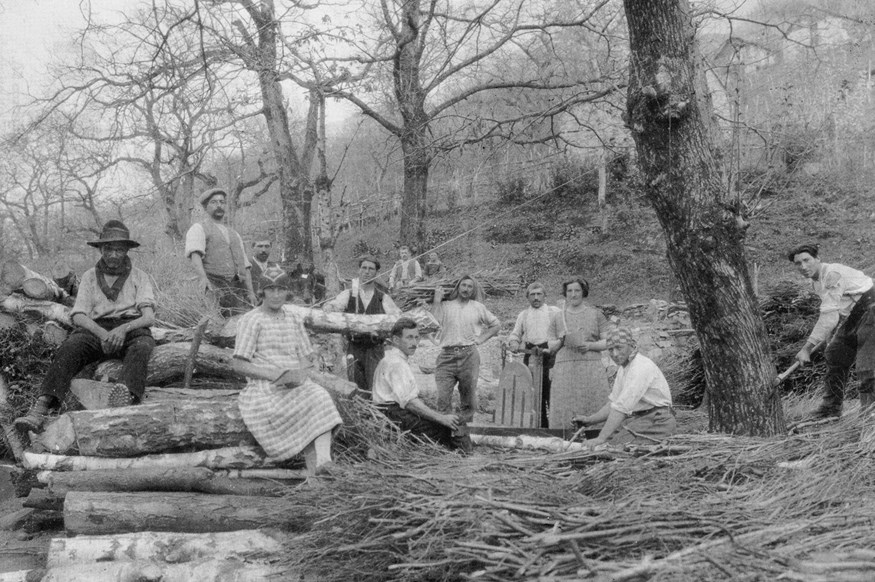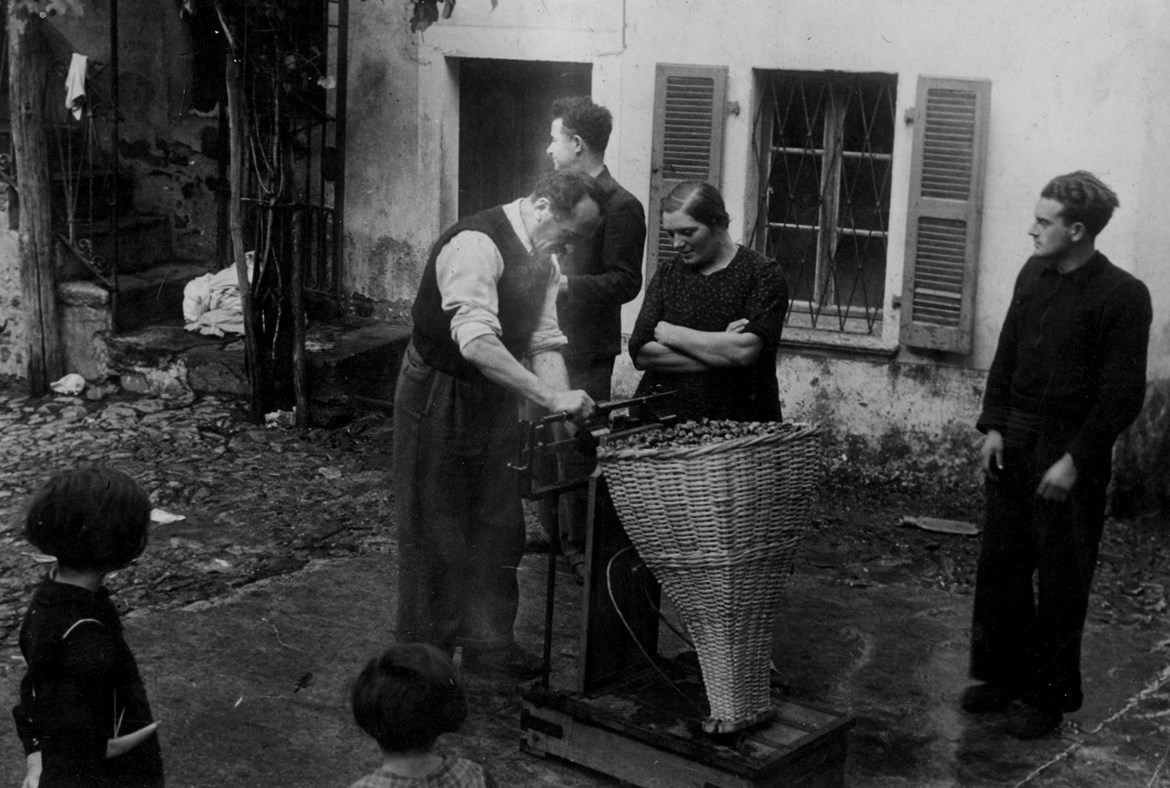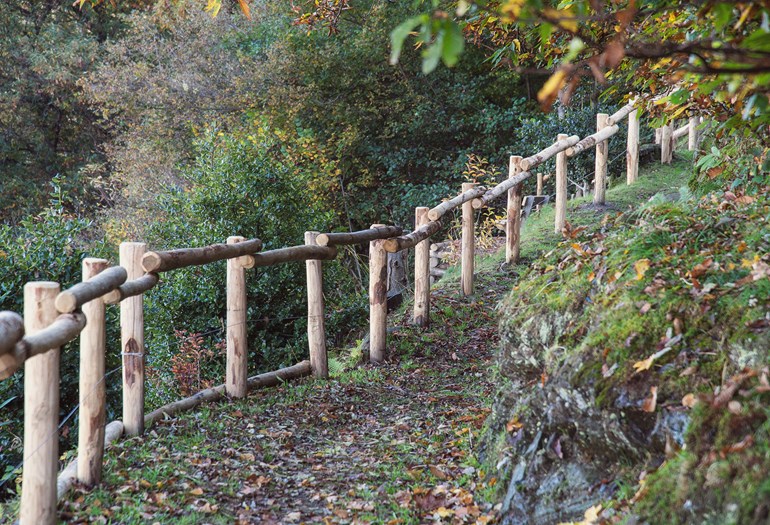The central role of chestnuts began to decline in Ticino’s rural economy between the seventeenth and eighteenth century due to the cooling climate, which led to the loss of numerous trees. Corn cultivation also began to become more widespread, so that corn polenta replaced chestnut polenta (which had been “poor people’s bread” until then).



It was only in the first half of the twentieth century that policies for the protection of chestnut woods and incentives to encourage their growth returned to the fore. The Robasacco chestnut wood (known as Selva Grande) is deemed to be one of the finest in Canton Ticino. Some of the trunks have reached an impressive circumference of between six and nine metres.

Like most of the woods, which are owned by the Patriciates, it is managed by being subdivided into plots. It underwent regeneration work in 2014 thanks to environmental funding from AlpTransit.

